When talking about operating system, computer OS and mobile OS are discussed most.
Here, we focus on desktop operating system including the frequently used OS and the best Windows OS.
Simply put, operating system allows you to perform the basic functions of a computer.
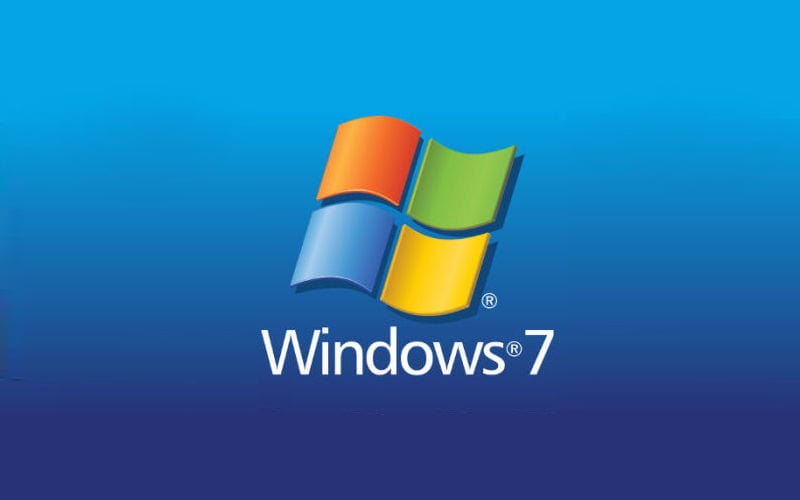
Commonly Used Operating Systems
In this section, we will introduce some common operating systems.
To obtain the detailed information, yo move on.
Windows
Windows operating system is the most widely used desktop OS.
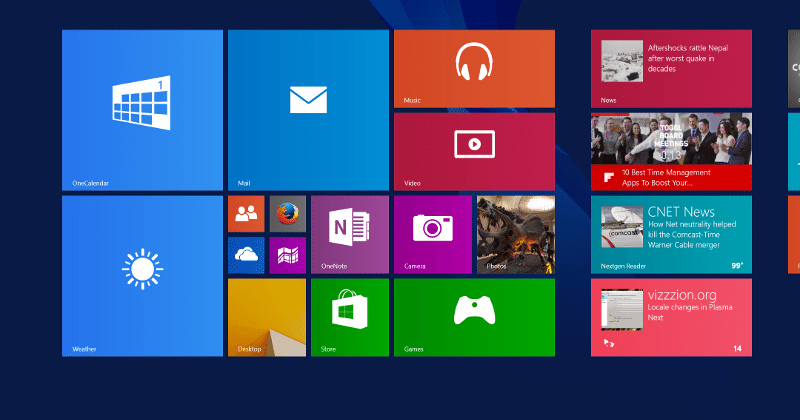
It has three well-known operating system versions.
Windows 7
Windows 7, a part ofWindows NTfamily of operating system, is produced and released by Microsoft.
It was generally available on October 22, 2009.
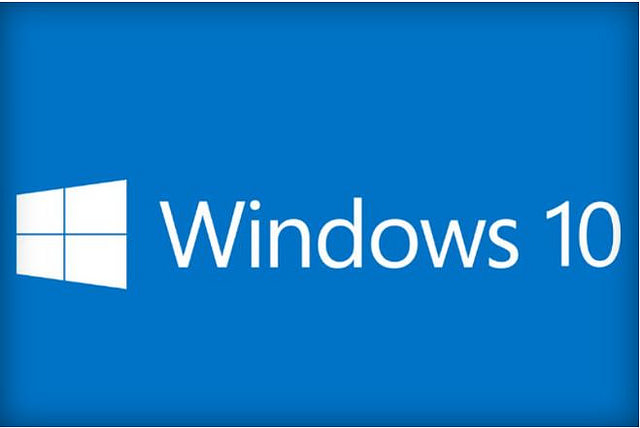
It is the successor toWindows Vista.
Windows 8
Windows 8is the successor of Windows 7, which was released on October 26, 2012.
Like Windows 7, it is also a part of Windows NT operating system family.
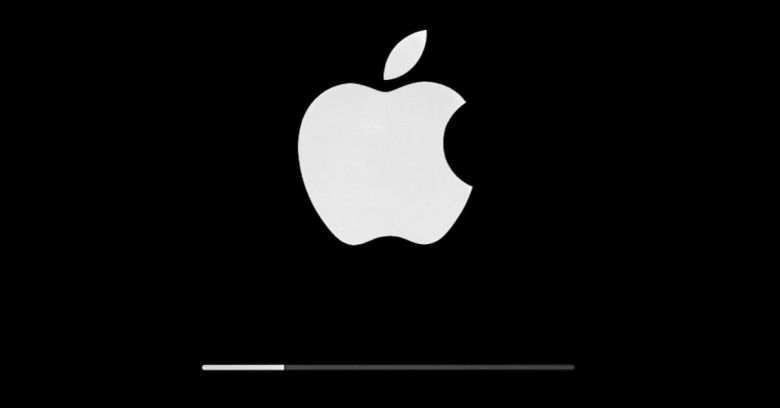
Windows 10
Windows 10was publicly released on July 29, 2015.
It is the successor of Windows 8.1.
It can be downloaded from MSDN and Technet.
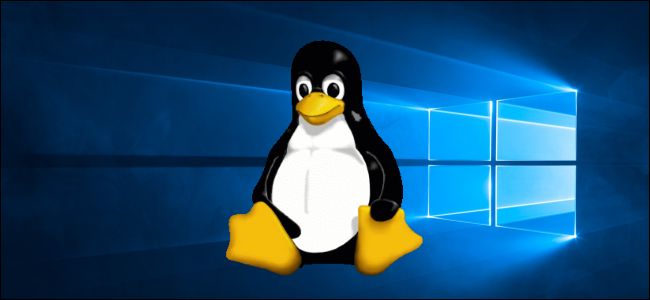
For Windows 8 and Windows 8.1 users, they can upgrade to Windows 10 via the Windows Store.
It belongs to Unix and Macintosh family of operating systems.
It is the second broadly utilized desktop operating system.
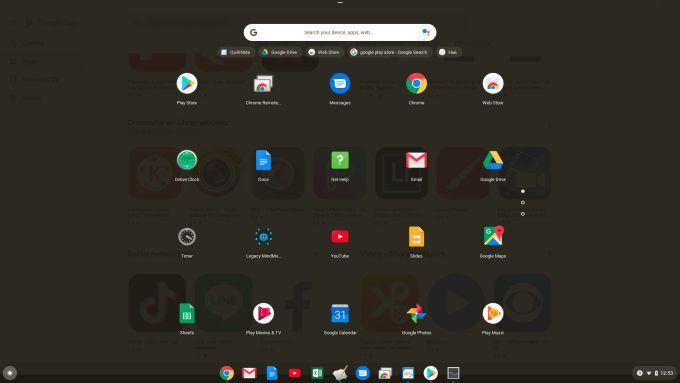
It is the direct successor to the classic Mac OS.
Linux
Linux is an operating system that is built for servers.
It is famous for its high efficiency and flexibility.
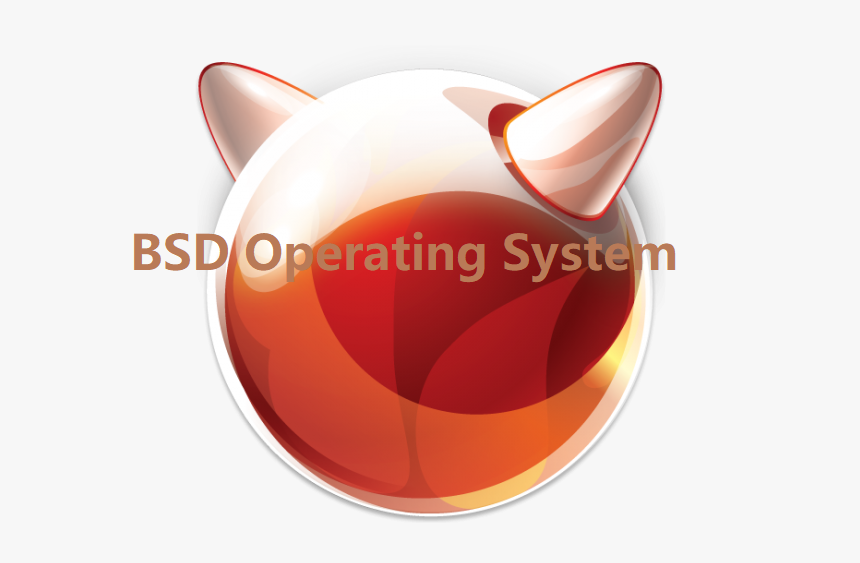
Its modular design structure enables itself to run on both expensive workstations and inexpensive PCs.
It can achieve full Unix features with multi-tasking and multi-user capabilities.
Linux has top 10 distributions.

They are listed as follows.
Also read:How to Install Ubuntu on VirtualBox?
Heres the Full Guide
Chrome OS
Chrome OS is a lightweight and simple operating system.
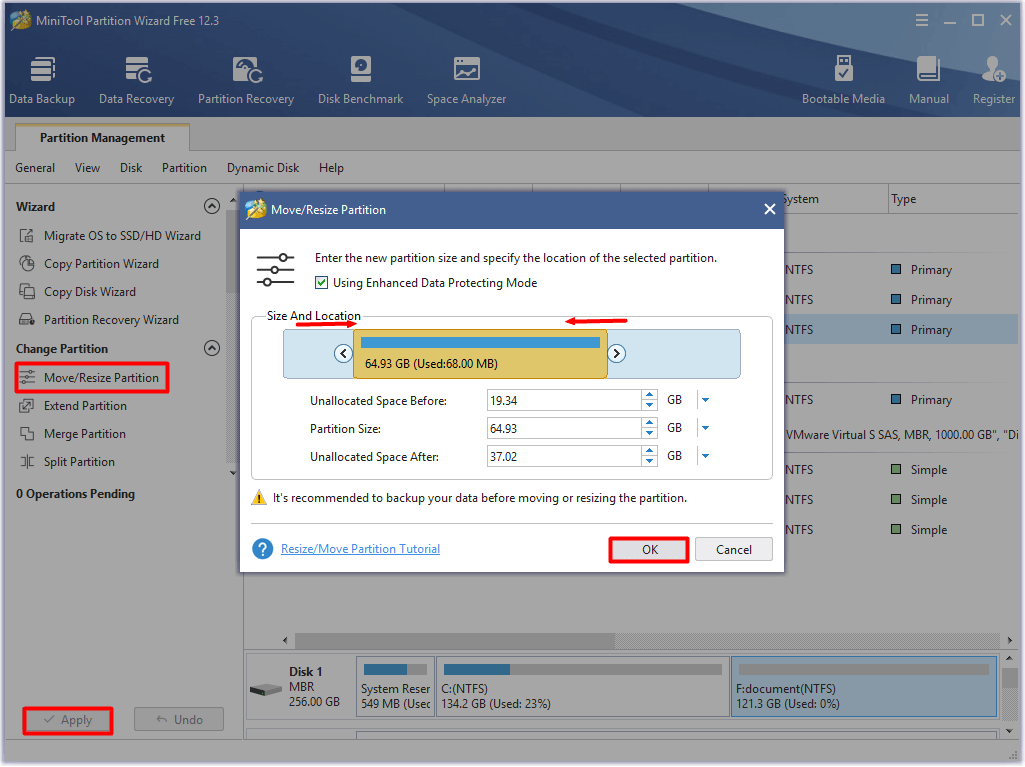
It can update automatically and sync with Google Drive for file storage.
It doesnt require antivirus software.
BSD
BSD stands for Berkeley Software Distribution.

BSD is a Unix-based system that is developed for researchers.
FreeBSD and OpenBSD are the new versions of BSD that are still in use.
On some aspects, BSD is more flexible than Linux.

One limit of BSD system is that theres not much support for it from third-party developers.
ReactOS
ReactOS incorporates parts of noted Windows emulator window, which runs LibreOffice, Opera, etc.
It can manage some previous versions of popular commercial applications.
Moreover, now it supports more file systems than all Windows versions combined.
ReactOS isnt up to Windows 10 level yet.
It is aiming at full compatibility with Windows Server 2003.
It is an alternative toWindows Server 2003.
Common Dual Boot Cases
As you see, there are so many available operating systems for you.
Which should I pick?
You may raise such a question.
Actually, plenty of people have this doubt as well.
Indeed, it is hard to make a choice.
If you are bothered by this issue, it’s possible for you to try performing a dual boot.
To do that, you should probably create a partition or prepare a spare hard disk.
Here are some commonly used dual boot cases.
you’ve got the option to take them as your reference.
You are able to build a dual boot configuration on a physical partition/hard disk, or virtual machine.
Besides, you could experience all features of the OS that are not available in the virtual environment.
This part will illustrate the detailed steps to dual boot OS.
If you are not clear about the operation, pay attention to the following steps.
This is vital especially when you make significant changes to your gear like performing upgrade and dual boot.
By doing so, you dont worry about data loss due to improper operation orcomputer crash.
MiniTool ShadowMaker is a greatcomputer imaging software, which allows you to image a PC with ease.
How much space should you make?
Hence, you are required to make a partition with 32GB at least on the computer.
Many people choose to shrink the system partition.
For the sake of safety, you are not recommended to shrink it.
Instead, youd better shrink other partitions on your drive to leave enough space for the new OS.
MiniTool Partition Wizard, a professional partition manager, helps you shrink partitions with ease.
ItsMove/ResizePartitionfeature enables you to move, extend, and shrink partition within a few clicks.
Step 2:tap on the partition to shrink and click theMove/Resize Partitionfeature in the left pane.
Step 4:Finally, clickApplyto execute the operation.
Step 3: Download Windows 10 ISO File
Now, you shoulddownload Windows 10 ISO filefrom Microsoft.
Then burn it onto a DVD ormake a bootable USB flash drivewith the prompted instruction.
After that, connect the DVD or USB flash drive to your setup and restart the machine.
When the computer boots up, the installation should start automatically.
If not, you shouldchange the boot order in BIOS.
Then restart the computer again.
Step 1:In the pop-up window, choose your language and keyboard layout and then clickInstall nowto continue.
Step 2:choose theCustom: Install Windows only (advanced)option.
Step 3:In the next window, you will see theUnallocated Spaceoption.
punch it and then clickNewto create a new partition.
Step 5:Then follow the on-screen instruction to finish the installation.
Step 5: Select an Operating System to Boot
your system has two operating systems now.
What is the best operating system for computer?
If you dont know which OS to choose for your gear, read this post now.
It introduces several great operating systems.
This post discusses some popular operating systems.
If you just run an OS test, you’re able to try performing a dual boot.
Here is a step-by-step guide for you.
With this method, you dont have to uninstall the current OS.
For any thoughts about best operating system, hey write them down in the following comment area.